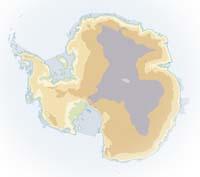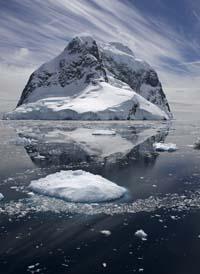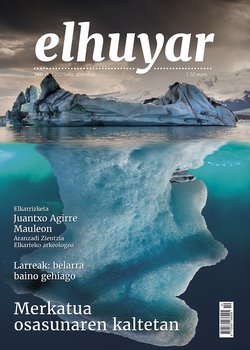Antarctica

Most of Antarctica is covered by a large layer of ice called inlandsis, which seems to be just ice. But the reality is different. The weight of the Inlandsis ice sheet has caused the collapse of the continental plate of Antarctica, formed by granite rocks, which is below sea level by trampling ice sheets. This 2,500-metre thick layer houses 90% of the total global freshwater.
It is often referred to as "pulsating continent", since its surface varies according to the seasons of the year. In summer, for example, Antarctica has an area of 14 million km2, 23 times larger than the Iberian peninsula, while in winter it doubles when the sea surrounding the continent freezes.
The climate of the continent is extremely polar, with an average temperature of 17 degrees below zero. However, there have been more casualties. Antarctica has the lowest temperature record in the world: -89ºC. These harsh climatic conditions make the vegetation very small, limiting itself to a few algae, mosses and lichens. The fauna is also scarce, only the emperor penguin has managed to stay at this end of the world throughout the year. Other animals -- sea elephants, seals, birds and other penguin species -- only come in summer when coastal ice melts.

As for the human presence, the "frozen continent" does not have its own population. Only scientific and military groups in countries claiming Antarctic lands live there for months. In winter they are about 1,000 people and 10,000 in summer.
Buletina
Bidali zure helbide elektronikoa eta jaso asteroko buletina zure sarrera-ontzian











